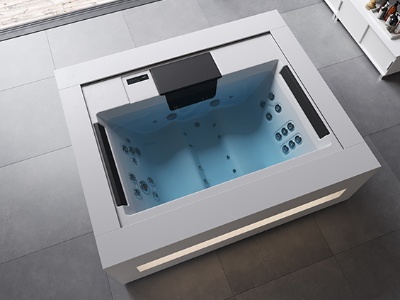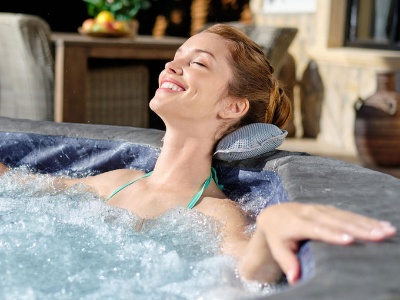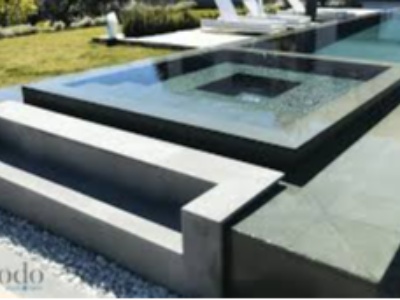
Installing an automatic pool cover is a strategic decision that improves the safety, cleanliness and energy efficiency of your pool. However, this installation requires careful planning to ensure optimal implementation and avoid common mistakes. Between the choice of cover type, technical constraints and legal aspects, several elements must be taken into account before embarking on the installation.
Why install an automatic cover?
An automatic pool cover offers many advantages:1. Safety: It prevents accidental falls and reduces the risk of drowning, especially for young children and pets.
2. Energy saving: By limiting water evaporation and conserving heat, it reduces the use of heating and thus reduces energy consumption.
3. Less maintenance: It protects the water from leaves, insects and other impurities, which reduces the workload of the filtration system.
4. Compliance with standards: In France, the NF P90-308 standard requires swimming pool owners to install an approved safety device. A compliant automatic cover meets these legal requirements.
The different types of automatic covers
There are several types of automatic covers, each with its own specific features and requiring a suitable installation.The above-ground roller shutter
Easy to install and relatively affordable, the above-ground shutter consists of a roller placed at one end of the pool. It is particularly suitable for existing swimming pools, as it does not require any major structural modifications. It can be motorised and operated by means of an electrical or solar control system.The submerged roller shutter
More discreet and aesthetic, this type of cover is integrated directly below the waterline, generally in a box located at the bottom or on the side of the pool. Its installation is more complex and must be planned for from the design stage of the swimming pool. It requires a dedicated space to house the winding mechanism.The motorised slatted cover
It consists of a reinforced tarpaulin supported by rigid slats. A motorised version allows the cover to be opened and closed easily, reducing the manual effort required. It is easier to install than roller shutters, but offers less security in comparison.The motorised enclosure
A more upmarket option, the motorised enclosure completely covers the pool and protects it from the elements. They are available in telescopic or fixed versions, and their installation requires sufficient space around the pool.Technical prerequisites before installation
Before installing an automatic cover, it is important to take several technical factors into account:Compatibility with the pool
Some cover models require precise dimensions and suitable coping. For example, an underwater roller shutter requires storage space under the water, which means additional depth in the design of the pool.The power supply system
Automatic covers generally operate using an electric or solar motor. It is therefore essential to provide a suitable power supply near the pool. A waterproof electrical socket protected against humidity must be installed if the cover is mains powered.The fixing system
Roller shutters require a firmly fixed winding shaft, while bar covers must be attached to the coping stones using specific fixings. The strength of the anchoring points is essential to guarantee the safety and durability of the installation.The stages of installation
1. Preparation of the pool
Before installing the cover, it is advisable to check the condition of the pool and ensure that the coping is properly aligned and strong enough to support the attachment of the device. In the case of an immersed cover, a compartment must be provided to house the motor and the winding shaft.2. Installation of the mechanism
The installation of the winding system is a key step. For an above-ground cover, the shaft is generally fixed to supports at the edge of the pool. For a submerged shutter, it is integrated into an underwater box, often covered with an aesthetic PVC or wooden casing. 3. Electrical connection If the cover is motorised, the motor must be connected to the power supply. A remote control or wall switch is often used to control opening and closing. 4. Testing and adjustments Once installed, the cover should be tested to ensure that it rolls up and unrolls correctly. Adjustments may be necessary to ensure perfect alignment and avoid excessive friction.Mistakes to avoid
Poor installation can compromise the efficiency and durability of the automatic cover. Here are the most common mistakes to avoid:- Poorly fixed system: A poorly fixed roller can cause misalignment and prevent the cover from functioning properly.
- Wrong choice of cover: A model unsuitable for the pool can lead to sealing and safety problems.
- Neglect of maintenance: A poorly maintained cover can wear out quickly and lose efficiency. It is recommended to clean the slats or the tarpaulin regularly to prevent the accumulation of residue.




